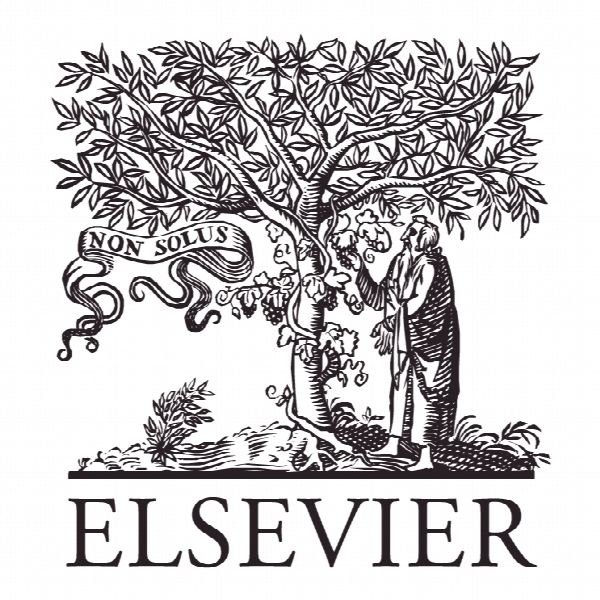الکترونیک قدرت برای سیستم های تبدیل انرژی باد توان بالا Power Electronics for High-Power Wind Energy Conversion Systems
- نوع فایل : کتاب
- زبان : انگلیسی
- ناشر : Elsevier
- چاپ و سال / کشور: 2018
توضیحات
رشته های مرتبط مهندسی برق، مکانیک و مهندسی انرژی
گرایش های مرتبط تبدیل انرژی، الکترونیک قدرت، انرژی های تجدیدپذیر و سیستم های انرژی
مجله دایره المعارف فناوری های پایدار – Encyclopedia of Sustainable Technologies
دانشگاه Northern Arizona University – Flagstaff – AZ – United States
شناسه دیجیتال – doi http://dx.doi.org/10.1016/B978-0-12-409548-9.10094-6
منتشر شده در نشریه الزویر
گرایش های مرتبط تبدیل انرژی، الکترونیک قدرت، انرژی های تجدیدپذیر و سیستم های انرژی
مجله دایره المعارف فناوری های پایدار – Encyclopedia of Sustainable Technologies
دانشگاه Northern Arizona University – Flagstaff – AZ – United States
شناسه دیجیتال – doi http://dx.doi.org/10.1016/B978-0-12-409548-9.10094-6
منتشر شده در نشریه الزویر
Description
Introduction Wind energy industry has set new records in terms of installed capacity contributing to about 4% of the world’s net electricity production. The cumulative wind energy capacity escalated from 6100 megawatt (MW) in 1996 to 432,883 MW by the end of 2015. The size of utility-scale wind turbine (WT) is also boosted to 10 MWs (Yaramasu et al., 2015). The WT manufacturers such as Clipper, Sway Turbine, Sinovel, Mitsubishi, GoldWind, Mecal, MingYang, United Power, GE Energy, and Gamesa have announced their future projects in the 10–15 MW class. High-power WTs are proven solutions in the present industry for more wind power extraction with lower installation and maintenance costs in comparison with a group of low-power WTs. The class of wind generators in the present wind energy industry include squirrel-cage induction generator (SCIG), wound rotor induction generator (WRIG), doubly fed induction generator (DFIG), permanent magnet synchronous generator (PMSG), wound rotor synchronous generator (WRSG), and high-temperature-superconducting synchronous generator (HTS-SG). By combining the wind generators with power electronic converters, various configurations for wind energy conversion systems (WECS) have been researched and commercialized over the past 35 years. The following five WECS types are offered by many WT manufacturers to achieve fixed-speed, semivariable speed, and full-variable speed operations: l Type 1: Fixed-speed WECS with SCIG, soft starter, and reactive power compensator. The SCIG operates 1% above the synchronous speed. l Type 2: Semivariable speed WECS with WRIG, converter-controlled variable rotor resistor, soft starter, and reactive power compensator. The operating speed range for WRIG is 10% above the synchronous speed. l Type 3: Semivariable speed WECS with DFIG and partial power converter in rotor circuit. The DFIG speed can be varied within 30% above and below the synchronous speed. l Type 4: Full-variable speed WECS with wind generator (SCIG, PMSG, WRSG, or HTS-SG) and full power converter in stator circuit. The wind generator speed can be varied from 0% to 100%. l Type 5: Full-variable speed WECS with WRSG, torque converter, and field exciter in rotor circuit. The operating speed range of WECS is from 0% to 100%.


